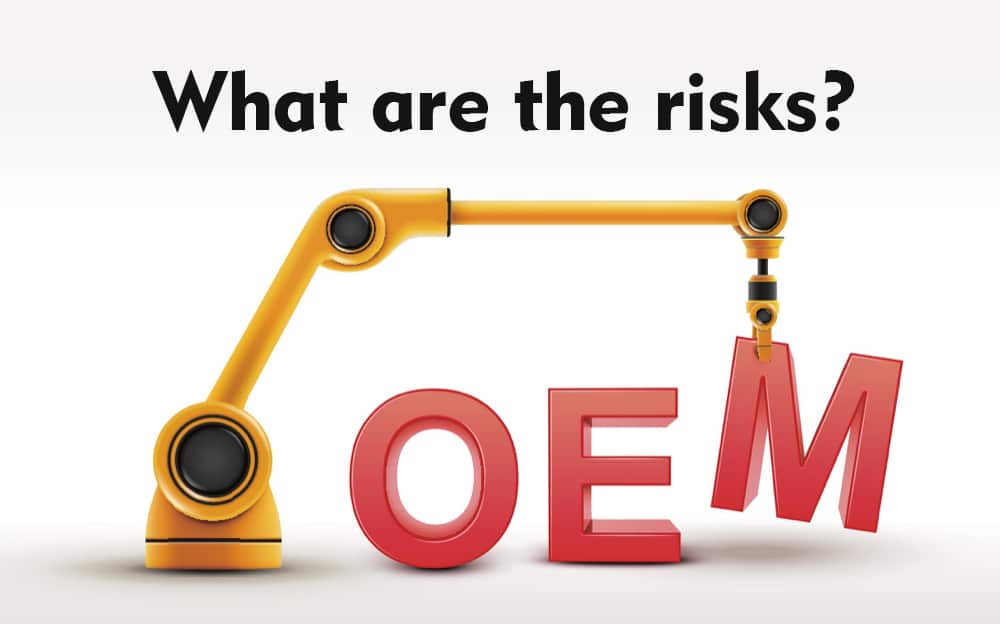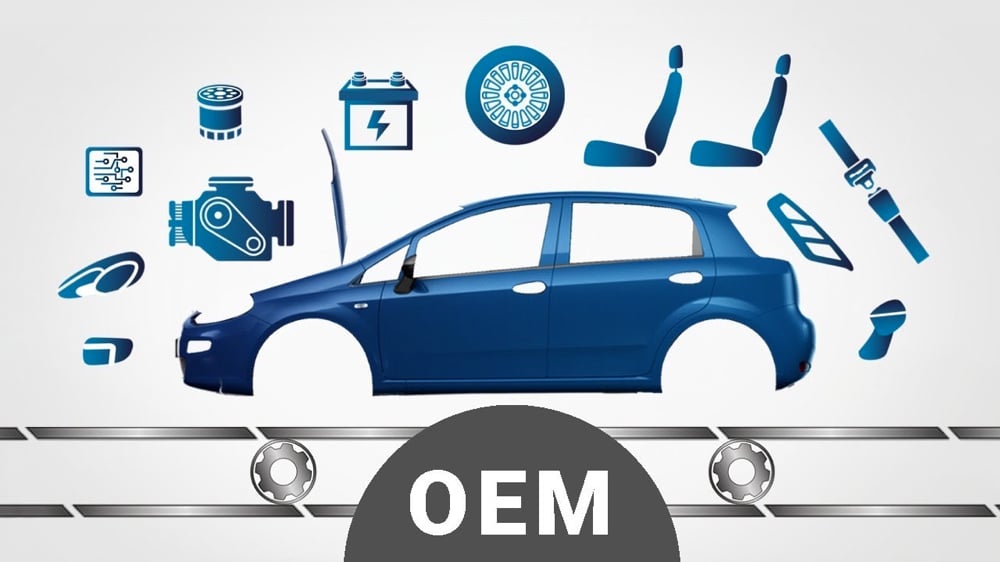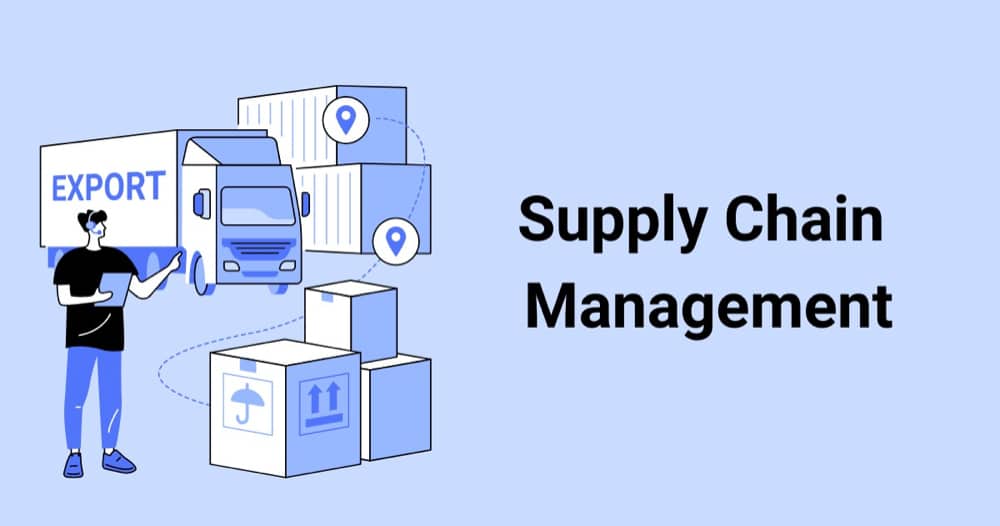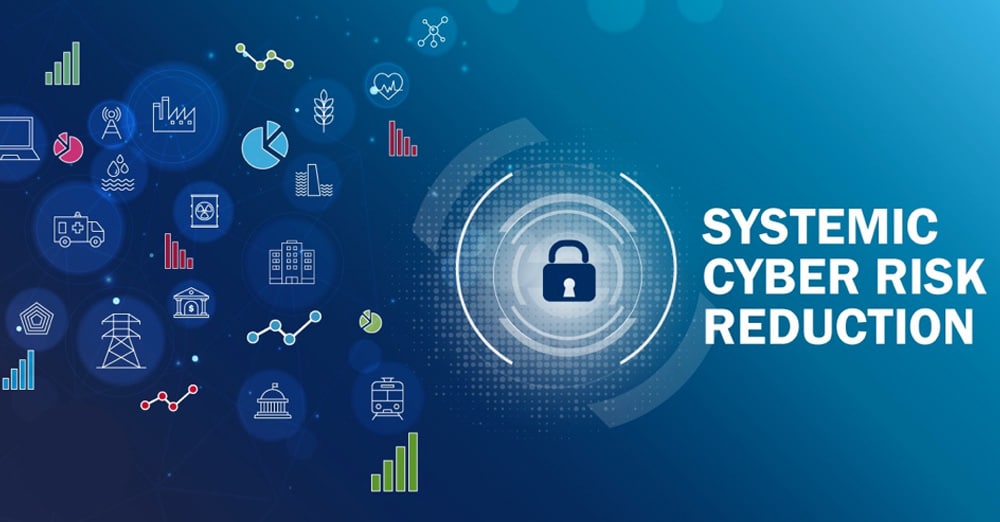
Original equipment manufacturers (OEM) are always exposed to critical business risks from unforeseen supply chain vulnerabilities and disruptions.
These can include quality failures, financial risks, supply chain disruptions, and cyber security breaches.
This article explains why these are OEM risks for buyers and how to reduce them. Read on to learn more!
Top 5 Causes of the OEM Risks

At Yansourcing, we have analyzed the top 5 reasons for OEM Risks:
Reason 1: Incorrect capacity planning often stems from incorrect PFEP (per part planning) and overly ambitious OEE (overall equipment efficiency).
Please note that capacity rarely includes a plan to recover from major downtime.
Reason 2: Inadequate labor supply and inadequate training due to an industry-wide loss of leadership experience and discipline over the past decade.
In general, most operations lack strong operational leadership – there is a disconnect between management and the floor.
Reason 3: There is an inherent risk with new suppliers and technologies because the level of product engineering is not aligned with manufacturing requirements.
Simulation or CAD virtual reality will not replace reality.
Reason 4: Continuous/delayed engineering changes, test failures, and equipment delays.
Reason 5: Black swan events (i.e. COVID, fires, and earthquakes) have caused disruptions and launch delays due to the compressed and complex international supply chain.
These 5 reasons demonstrate the importance of preparing companies for early intervention, internal team reviews, and internal sourcing reviews to avoid risks in production, logistics, and process quality.
You may learn more about OEM Vs. ODM for details below:
OEM Vs. ODM: What is the Difference? What is Better for You?
What Are the Main OEM Sourcing Risks?

Any project has risks, but some are more critical, or easier to mitigate than others.
Understanding when and how to balance risk with expected benefits will ensure your sourcing process remains streamlined and secure.
Here are 4 major risks affecting your OEM sourcing:
1. Geopolitical Risk
For the past 20 years, the industrial strategy has been to manufacture products in so-called “low-cost countries. In terms of the supply chain, these regions have been stable.
However, once you manufacture your products outside your country and region, geopolitical risks are out of your control.
One of the clearest examples this year is how the U.S.-China trade war directly affects the price of final consumer goods and threatens the reliability of sourcing.
Many companies have had to find new manufacturing solutions, and we have seen a large number of companies try to exit China as a result.
2. Risk of Changing Suppliers
Vetting, evaluating new suppliers, and scaling up can be costly and therefore risky; especially when not thoroughly planned.
The sudden need to find secure suppliers has some countries scrambling to meet new manufacturing demands for technologically advanced products.
This can easily affect OEM deadlines, as it takes time to add capacity and expertise.
3. Risk of Delay
The risk of delays usually translates into unavoidable delivery delays.
For example, airline price increases due to the COVID-19 pandemic greatly impacted costs, while shipping delays threatened production deadlines.
Ocean freight is still an option, but it takes 30-60 days (depending on the destination) and can cause delays if not managed properly.
If you don’t work with the right partners, this still creates high risk and can jeopardize your entire supply chain.
4. Financial Risk
Without financial resilience, many companies will not survive the COVID-19 crisis. This adds instability to the market and affects many people’s purchases.
Partnering with larger, financially stable companies that can absorb these financial shocks will ensure that your supply chain is secure.
The COVID-19 pandemic has highlighted the need for your suppliers to be financially stable from now on.
How to Reduce the OEM Sourcing Risks?

Geopolitical risks threaten both your price stability and the possibility that you will need to find reliable suppliers on short notice.
Dual sourcing and local production will prevent these problems in advance.
Here are two ways to reduce the OEM sourcing risks:
1. Dual Sourcing Limits the Risk
For example, if one of your suppliers closes their plant for any reason (natural disaster, bankruptcy, etc.), your second supplier can ensure your production continuity.
And also, they can even take on the need to increase production in case of emergency.
However, it increases the engineering workload as you source from multiple suppliers or locations and requires more qualifications, audits, certifications, etc.
2. Manufacture Closer to Your End Market
The COVID-19 pandemic has stimulated many local supply chains and made manufacturing closer to the end market a viable way to secure sourcing, which has far-reaching benefits.
For example, small companies that need high-value, complex boards in small production runs will benefit from increased local support.
Companies that relocate manufacturing can ensure faster lead times, better communication, minimal sourcing risk, and the fastest response.
What Are the OEM Supply Chain Risks?

Prior to the global economic downturn and geopolitical issues, OEM identified supply chain risk as the most troubling set of challenges facing their business.
Such as inaccurate forecasting, sourcing constraints, supplier consolidation, pricing volatility, inventory management issues, and the negative impact of natural disasters on shipping, sourcing, and logistics.
The top 20 OEM supply chain risks are as follows:
- Inventory management errors
- Pricing uncertainty
- Exclusive sourcing risk
- Transportation and logistics issues
- Intellectual property theft
- Facility overcapacity/manufacturing overcapacity/undercapacity
- Excess and obsolete inventory
- Inaccurate forecasts
- Unexpected financial deterioration of suppliers and contractors
- Inefficient outsourcing and in-house production systems
- Quality issues
- Supplier consolidation leading to product line obsolescence
- Costs and challenges of updating intellectual property
- Environmental compliance and other international regulations
- Over-exposure and dependence on contract manufacturers
- Unfavorable contractual obligations
- Competition with suppliers
- Disruptions related to natural disasters
- Supplier and contractor labor issues, violations, etc.
- Inaccurate valuation of assets
How to Reduce the OEM Supply Chain Risks?

In order to manage supply chain risk, you should consolidate your supplier base so that your most reliable suppliers manage more of your supply chain.
After all, optimizing production for a steady flow of inventory is their area of expertise. Reliable suppliers should have a proven track record of meeting high demand.
Here are some tips to reduce OEM supply chain risks:
- Digitize their current risk, compliance, and quality programs
- Capture supplier issues and investigate to determine root causes
- Manage corrective and preventive actions
- Validate the effectiveness of remediation to ensure issues are effectively resolved
- Enable a structured process to terminate specific suppliers in the event of unsatisfactory quality
A more digital, holistic, and standardized approach to supplier quality management will help OEM gain visibility into the entire supply chain and improve the overall performance of the organization.
Why Should Prioritize OEM Cybersecurity Risks?

First, they serve manufacturers who are themselves vulnerable to cybersecurity threats.
They must protect their sensitive data from outside observers, whether it’s customer data, customer lists, or employee information.
OEMs are often the target because they have these connections – criminals can launch attacks against the OEMs as a means to disrupt other targets in their customer network.
In other words, malicious actors may initially attack the OEMs because they know there will be larger and potentially more valuable targets upstream in the supply chain.
Consider the cybersecurity attacks of 2017. FedEx lost $300 million as a result of a cyber attack on its subsidiary TNT Express.
The attacker may have targeted TNT Express with the knowledge that it was connected to FedEx.
This example is a perfect illustration of how external client connections can expose a company to additional vulnerabilities.
How to Reduce OEM Cybersecurity Risks?

Here are the two important steps to improve OEM cybersecurity flexibility:
1. Protect the Chain of Custody
Often, OEMs deal with complex supply chains that require consideration of multiple players and factors. One way to bring clarity to the supply chain is to form licensing agreements.
In some cases, licensing agreements can help OEMs monitor their chain of custody.
So, each organization in the supply chain is responsible for the condition of the product as it moves through its supply chain.
For OEMs, improving supply chain visibility should be a top priority. Licensing agreements are critical for OEMs because it protects their brand and the business for which they supply their products.
In addition, these agreements should typically include concise language about specific modifications that can be made to any product sold to an interested party.
Any modifications made outside of the agreement or sub-agreement may jeopardize the product’s mechanisms or security measures.
2. Security Devices
Another way OEMs can enhance protection and reduce exposure to cybersecurity incidents is to identify, manage, and secure any devices they use in their operations.
They may allow employees to use company equipment while working on-site at customer locations.
Even technology that does not have the ability to connect externally, such as USB drives, needs to be managed.
OEMs can take steps such as banning personal devices, implementing strong security measures, and updating devices to the latest software versions.
Other steps to improve security include eliminating unnecessary or outdated data, programs, or applications on devices and cleaning up data repositories.
It is also important to implement a comprehensive cybersecurity training program for employees.
OEM Risks Conclusion
The way to manage OEM risks is to deal with every problem that arises. This is not the best plan for success when your production, sales, and revenue are at stake.
OEM risks are a painful reality, but you don’t have to face them alone. Yansourcing shares the responsibility of managing them with you, protecting your OEM supply chain for your future growth.
We are a leading sourcing company in China, dedicated to helping our clients source products from China at the most competitive prices. If you are interested in importing from China, please feel free to contact us.
